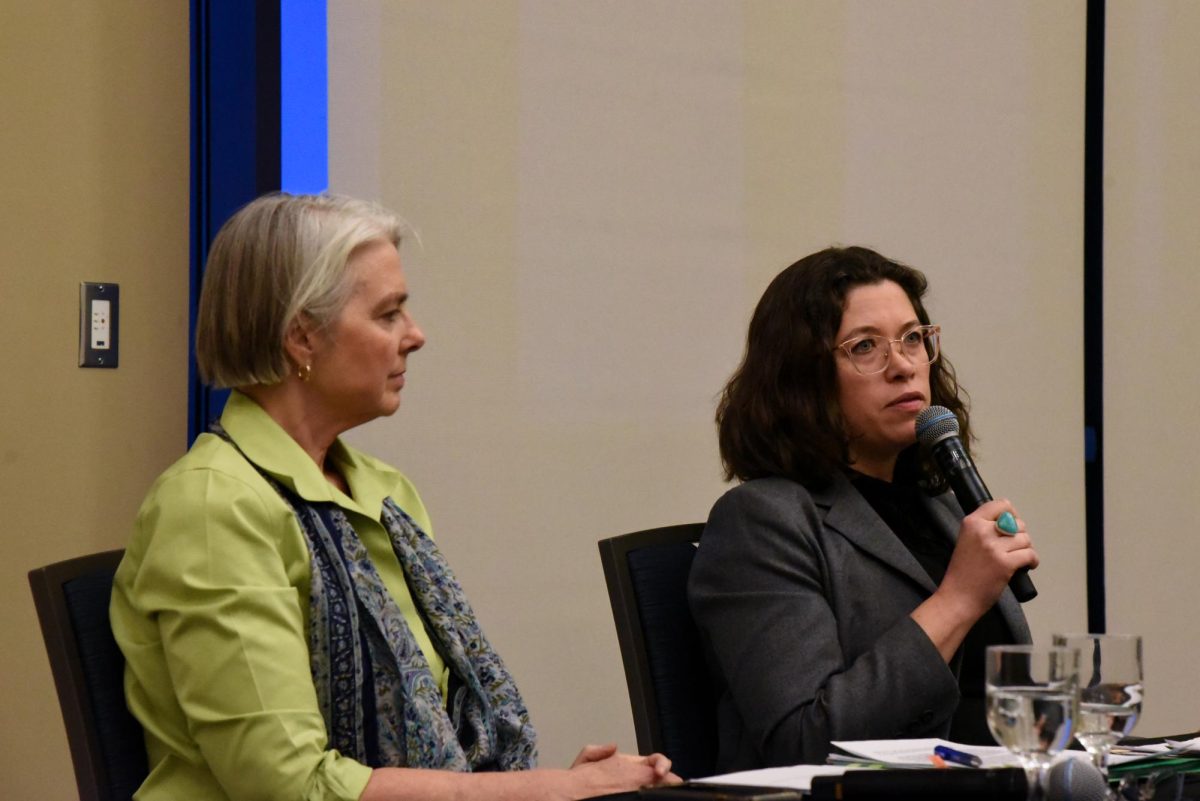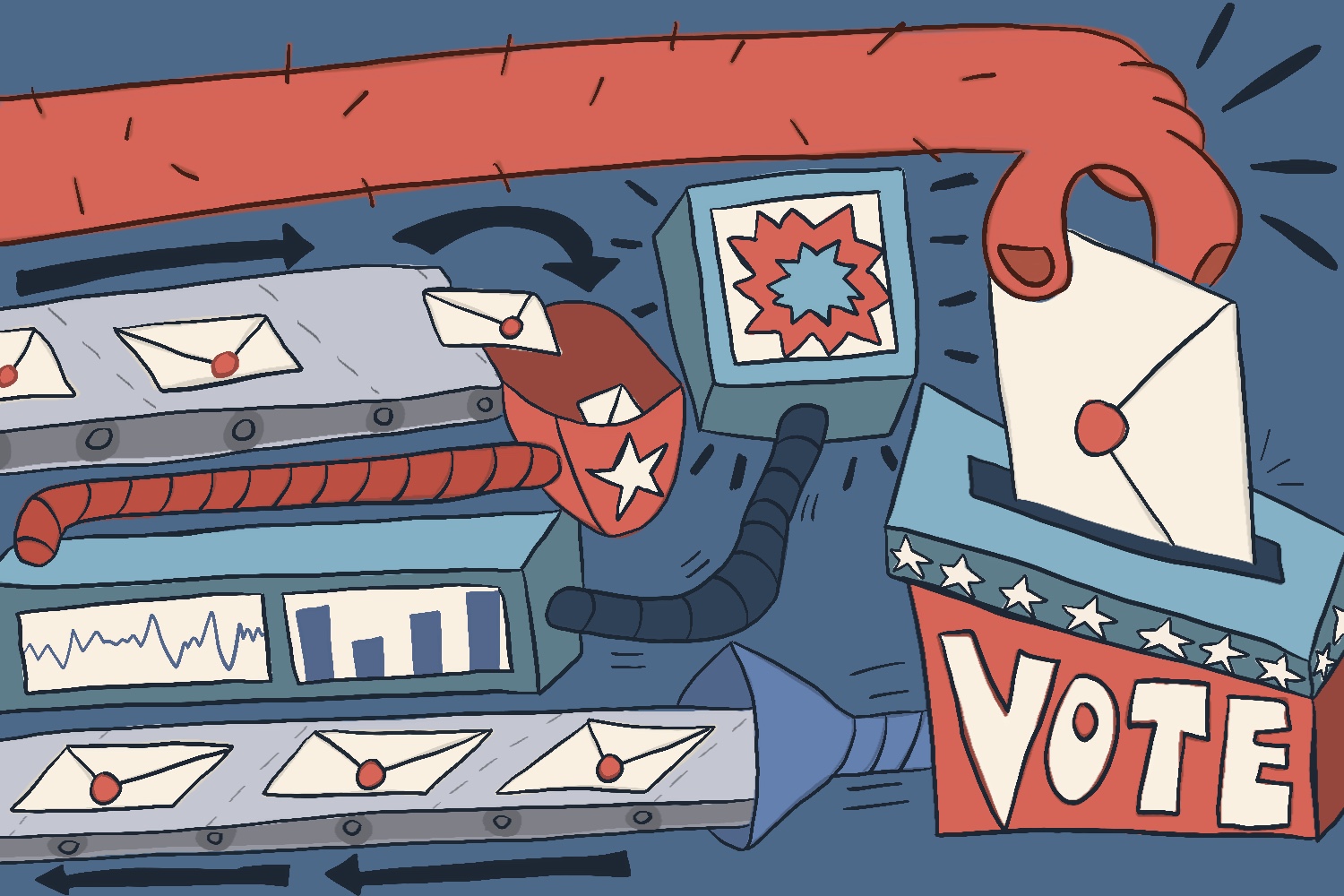Many people buy sport products from Nike. At UVM several varsity athletic teams have Nike equipment. Nike is one of the most popular sport companies in the US. In 1998, Nike was pinned as one of the many companies that bought clothing from sweatshops. Workers were subject to hazardous conditions, many worked overtime, and children were also producing sport apparel. After all the speculation and rumors that Nike endorsed sweatshops back in the 1990s, how can we as consumers be sure that Nike is taking the proper steps to stop exploitative working conditions? Is Nike simply trying to save face or does the company want to set the bar for fair labor practices? According to Tim Connor in his book Still Waiting for Nike to Do It, Philip Knight, the CEO of Nike, made six major promises concerning Nike’s labor practices on May 12, 1998. One promise was that Nike would meet US Occupational Safety and Health Administrations’ (OSHA) Standards in Indoor Air Quality. Philip Knight proposed by using water-based cements, the risk of dangerous chemicals being exposed to the workers would be much lower. Almost 3 years later, Verite, an independent monitoring company, evaluated a factory in Mexico that made apparel for Nike and Reebok. According to the “Comprehensive Factory Evaluation Report” many workers did not have proper equipment such as boots, aprons, dust masks, and gloves to protect themselves. One woman said how she received a dust mask two weeks after she asked for it. According to Tim Connor’s book, Philip Knight also claimed in 1998 that all Nike workers would be eligible to receive education up through high school. Activists felt the major problem was that Nike was not paying its employees a livable wage. Although there is no set livable wage, activists suggested Nike should determine how much money a family needs depending upon the given country. Nike gave several explanations, two of which were a livable wage cannot be easily determined and their workers have other benefits such as housing. In 2000 a worker named Julianto explained his situation at a factory in Indonesia, “what they don’t say is that workers are crammed twelve to a small room and sleep on wooden floors without a pillow or even a mat to sleep on.” The other four promises are available in Still Waiting for Nike to Do It by Tim Connor. In response to many people’s desires to have access to the evaluations of factories, Nike released a Corporate Responsibility Report for the 2001 fiscal year and a Community Investment Report for 2002 and 2003 fiscal years, both of which included Nike’s goals and brief evaluations of factories. Later, Nike decided to release a much more detailed Corporate Responsibility Report (CR Report) for the 2004 fiscal year which can be found at (www.Nikebiz.com). Nike admits that many groups such as Non- Governmental Organizations, trade unions, students and academics encouraged them to release such a complete report on their business practices. Philip Knight said, “we are disclosing our supply chain in an effort to jump-start disclosure and collaboration throughout the industry.” Actually Puma, a sport apparel company, also released reports on labor practices for the 2002, 2003, and 2004 years. Puma also claims to be a leader as a socially responsible company. It is possible that several sport apparel companies have had to release these reports on labor practices to maintain good reputations and remain competitive with one another. The 2004 CR Report for Nike focused on five different issues: child labor, freedom of association, harassment, abuse, and grievance systems, hours of work, and payment of wages. These issues were measured with M-audits for both 2003 and 2004 years, which marked a factory as non-compliant if there were one or more violations of the code of conduct. One to 10 percent of factories had one or more violations for people under 16 working. The prevalence of child labor has decreased in the past few years and now there are few children under 16 working. The reports explained that measures on freedom of association may be inaccurate due to employers who can hide the ways they take away worker’s rights. Twenty-five to 50% of factories had one or more violations for verbal, physical, psychological, or sexual abuse. According to the 2004 CR Report, since discussion of abuse is frowned upon in some cultures, Nike implemented “confidential grievance systems,” which encouraged dialogue between employees and employers. Fifty to 100 percent of factories had one or more violations of work hours exceeding the Nike limit of 60 hours per week. Nike assumes some responsibility to reduce overtime especially for factories in which it is the major buyer of apparel. Twenty-five to 50% of factories had one or more violations of legal minimum wages. The CR Report states factory workers were often not given the full salary they were supposed to get. Nike is taking some steps to solve this problem; the 2004 CR Report states a “pilot initiative in our North Asia region led to more than $720,000 returned to workers as back pay following the discovery of non-compliant compensation practices.” In addition, Nike still does not support a livable wage for workers. Nike claims wages tend to increase or decrease according to productivity rates. Nike’s hope for the long term is that if workers are given better opportunities and even job training, productivity will increase which in turn will raise wages. Why hasn’t this occurred yet on a broad scale? There is a huge disparity between the wages of factory workers and those of Nike Executives. According to The Executive Compensation Wizard at www.salary.com CEO Philip Knight earned $2,879,035 for the 2003 fiscal year; this amount includes salary, bonuses, and other forms of compensation. If Philip Knight and other Nike executives take a pay-cut, could the wages of factory workers increase? At www.nikebiz.com there is a list of almost all the locations and addresses of Nike’s factories. Nike has done a good job at becoming much more open about possible solutions to unethical labor practices, but there are still many issues that remain unresolved. If people stop pressing for companies to make their labor practices public, will sport apparel companies stop making progress? What role do other clothing companies such as Puma play?












